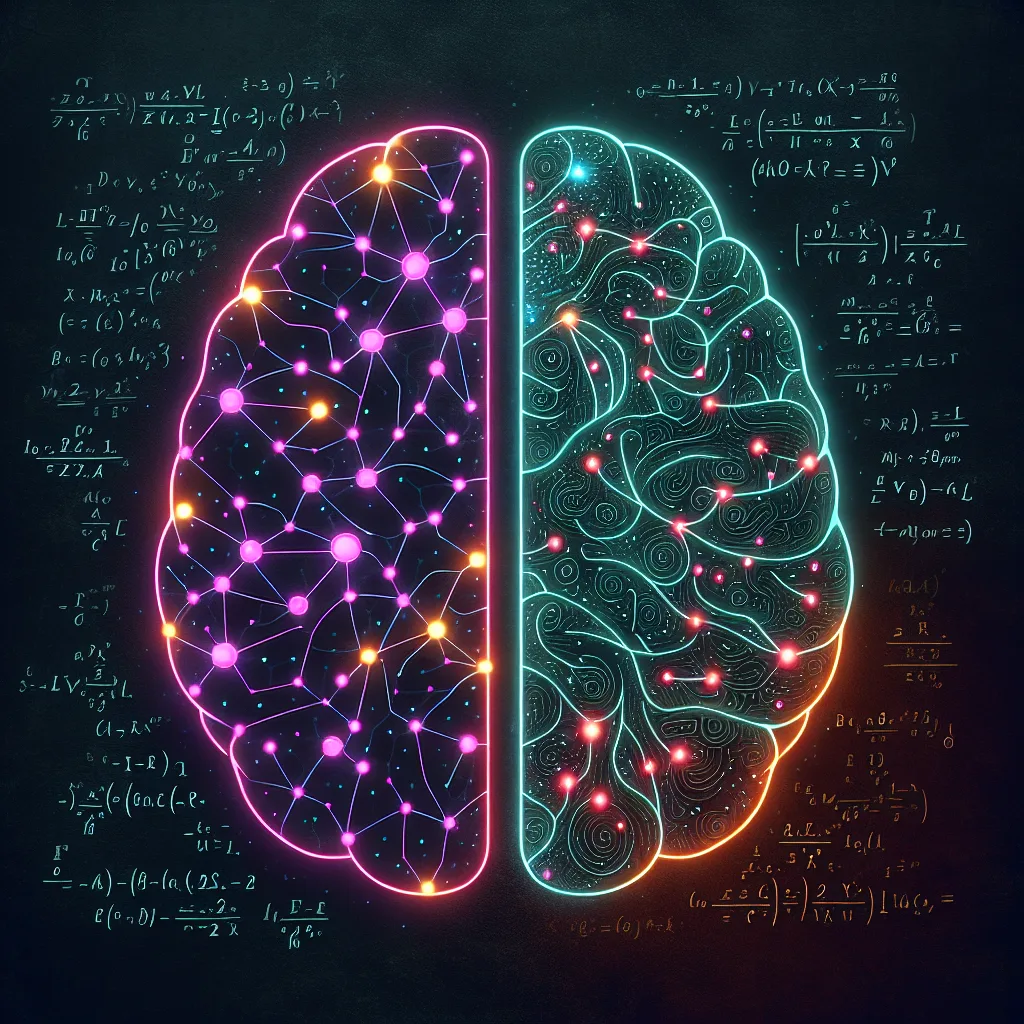Let’s explore whether a proof-heavy approach is the key to deeper ML intuition, or if there’s another way to grasp the concepts.
A question I keep coming back to, and one that sparks a lot of debate among friends in the tech world, is about the real role of deep math for machine learning. We all use the tools, we see the amazing things they can do, but it begs the question: Do you need a profound, proof-heavy understanding of the mathematics behind it all to develop a truly deep intuition for how it works?
It’s a fascinating thought. On one hand, you can get incredibly far by treating machine learning models as practical tools. You don’t need to understand the physics of an internal combustion engine to drive a car, right? Similarly, you can train a model, fine-tune it, and get fantastic results without ever deriving an algorithm from scratch. For many roles in data science and ML engineering, this is perfectly fine and highly effective.
But there’s a nagging feeling for some of us, a curiosity about what’s really happening inside that “black box.” It’s the difference between following a recipe and truly understanding the chemistry of cooking. This is where the journey into the math begins.
The Case for Deeper Math for Machine Learning
Opting for a mathematically rigorous path isn’t about wanting to write proofs all day. For most people, it’s about building what you might call a “higher-resolution” view of machine learning. When you understand the linear algebra, calculus, probability, and optimization that form the bedrock of these algorithms, something magical happens.
The concepts stop being abstract and start feeling concrete.
- You see the “why”: You understand why a certain loss function is chosen, why an optimizer works the way it does, and why a model might be failing in a specific way.
- You can reason from first principles: Instead of just trying different models or tweaking hyperparameters randomly, you can form a hypothesis based on your understanding of the model’s mathematical properties. This is the difference between a cook throwing ingredients together and a chef who understands how flavors and textures interact.
- You can innovate: True innovation often happens at the intersection of disciplines. A deep mathematical understanding allows you to not only use existing tools but also to critique them, improve them, and even create something entirely new.
This kind of deep-dive isn’t just for academics. It’s for anyone who wants to move from being a consumer of machine learning to a creator. For a taste of the kind of foundational knowledge we’re talking about, resources like MIT’s OpenCourseWare for Mathematics for Computer Science provide a glimpse into this structured way of thinking.
Is a Formal, Proof-Heavy Approach the Only Way?
So, does this mean you have to enroll in a demanding Master’s program to gain this intuition? Not necessarily. While a formal setting like the Data Science MSc at ETH Zurich provides an incredible, structured environment for this kind of learning, it’s not the only path.
The beauty of learning today is that you can forge your own curriculum. You can build your intuition progressively. Start with a practical project, and when you hit a wall or a concept feels fuzzy, that’s your cue to dig deeper.
For instance, instead of starting with a dense textbook, you could explore more intuitive, visual explanations of complex topics. Websites like Distill.pub were famous for this, breaking down ML concepts in a way that prioritizes understanding over pure mathematical formalism. You can build the intuition first and then back it up with the formal proofs later. This “just-in-time” learning can be incredibly effective and much less intimidating.
Finding Your Balance with Math for Machine Learning
Ultimately, the right path depends entirely on your goals. There isn’t a one-size-fits-all answer.
- The Practitioner: If your goal is to apply ML models effectively to solve business problems, a strong conceptual understanding and practical experience may be all you need. You can be an excellent practitioner without deriving backpropagation by hand.
- The Researcher or Innovator: If you want to push the boundaries of the field, contribute new algorithms, or work on cutting-edge problems, then a deep, mathematical fluency is almost certainly non-negotiable.
- The Curious Mind: If, like the person who inspired this post, you are simply driven by a desire for a more holistic, “higher-resolution” view, then the journey into the math is its own reward.
You don’t have to choose one path forever. You can start as a practitioner and slowly venture deeper into the theory as your curiosity grows. The key is to be honest about what you want to achieve.
So, while a deep dive into math for machine learning isn’t strictly necessary for everyone, it is undeniably beneficial for anyone seeking a more profound and intuitive grasp of the field. It’s the difference between knowing the path and understanding the map.
How deep are you willing to go?
